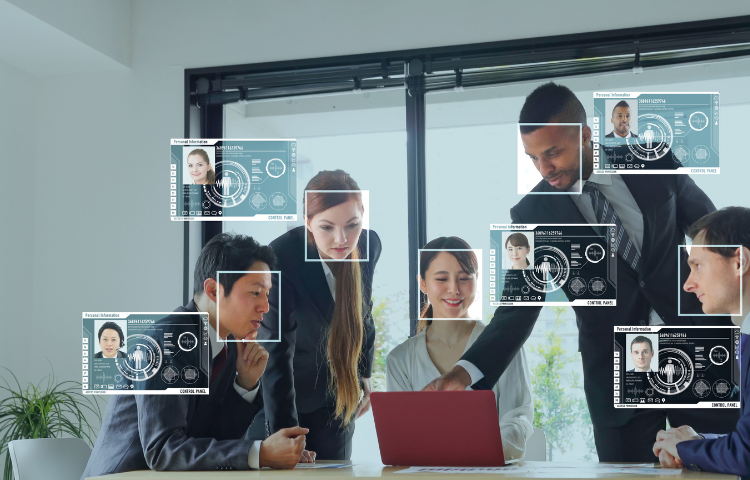

We’ve all seen facial recognition technology in action, whether it be unlocking a smartphone or verifying an online payment. But what exactly is facial recognition, and how does it work? Let’s dive into the science behind this technology and explore why it has become so popular in recent years.
Facial recognition technology uses algorithms to identify human faces from digital images or videos. The process begins with a computer capturing an image or video of a person’s face and then comparing that image to a database of stored images. The algorithm looks for similarities between the two images, such as specific features (e.g., the shape of the eyes, nose, or mouth) or even skin color. Once the algorithm finds a match, it can confirm that the person in the image is whom they say they are.
The technology has become increasingly accurate over time as developers have worked to improve its accuracy and speed. One way they have done this is by adding layers of depth to their analysis, such as looking at 3D data points instead of just 2D ones. This means that the algorithms can now analyze more than just physical features; they can also consider things like head movements and eye color. The depth and precision makes it much harder for someone to fool the system with a photo or mask — something previously possible with older versions of facial recognition software.
Since facial recognition technology has been in use for more than 20 years, there’s a general awareness of its uses. The most common use cases are security and surveillance, law enforcement, access control, and identity verification. However, there are many potential applications of the technology beyond these that could help businesses or entrepreneurs think a little differently about the technology’s potential and illuminate its lesser-known benefits. Such use cases include the following:
Facial recognition technology has many applications. However, these applications raise serious ethical and privacy concerns for some people due to potential misuse or abuse. In recent weeks, the famed Madison Square Garden (MSG) in New York City has been making headlines for its use of facial recognition to ban lawyers involved in litigation against MSG Entertainment from entering the venue.
It’s important to note that MSG’s primary use of the technology is for security purposes and not to exclude people. However, what is being drawn into question in this particular situation is the use of the technology to prevent ticket holders from entering the venue. Do these ticket holders have legal rights to enter the premises? Does MSG entertainment have rights because it’s a private company and can deem who is and isn’t allowed in their venues? As of the date of this article, the legalities of such matters are being reviewed by the state of New York.
On the privacy side, there have been reports where facial recognition systems were used without consent to track individuals in public spaces or even identify people based on their political beliefs. This type of surveillance could lead to violations of civil liberties if proper safeguards are not implemented. To protect user privacy, organizations should ensure their systems adhere to strict security protocols and consider the legal or ethical concerns with particular use cases.
As with any AI technology, businesses should define the purpose, goals, and outcomes thoroughly. With proper use and oversight, facial recognition can be a handy tool, but only if it is used responsibly.
WEBINAR